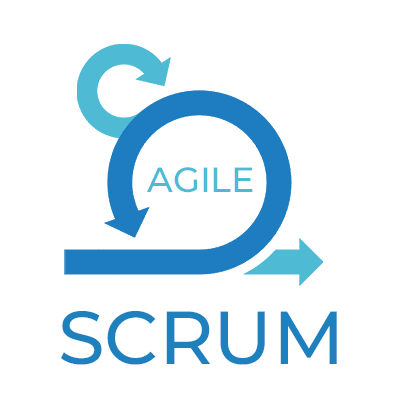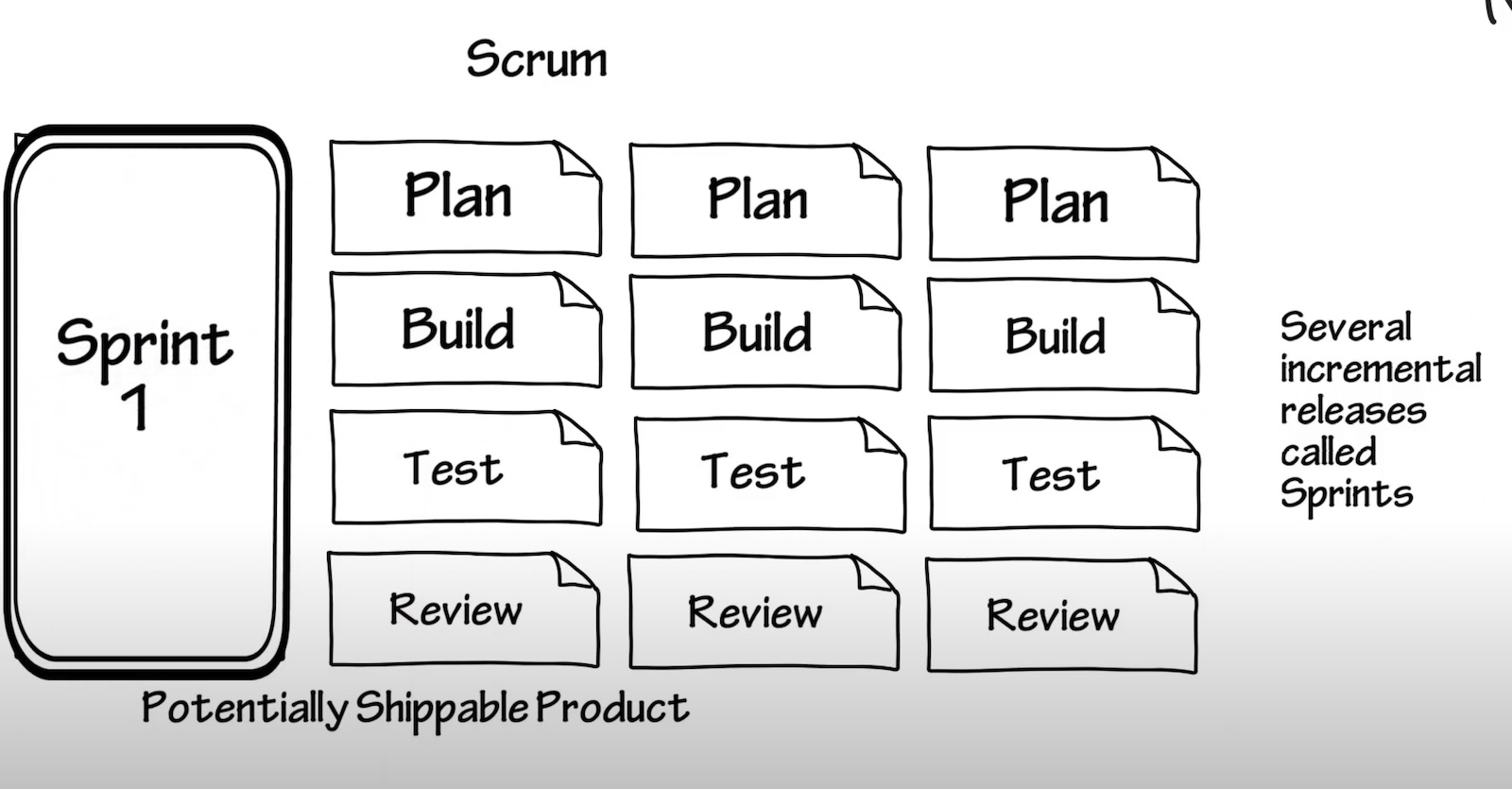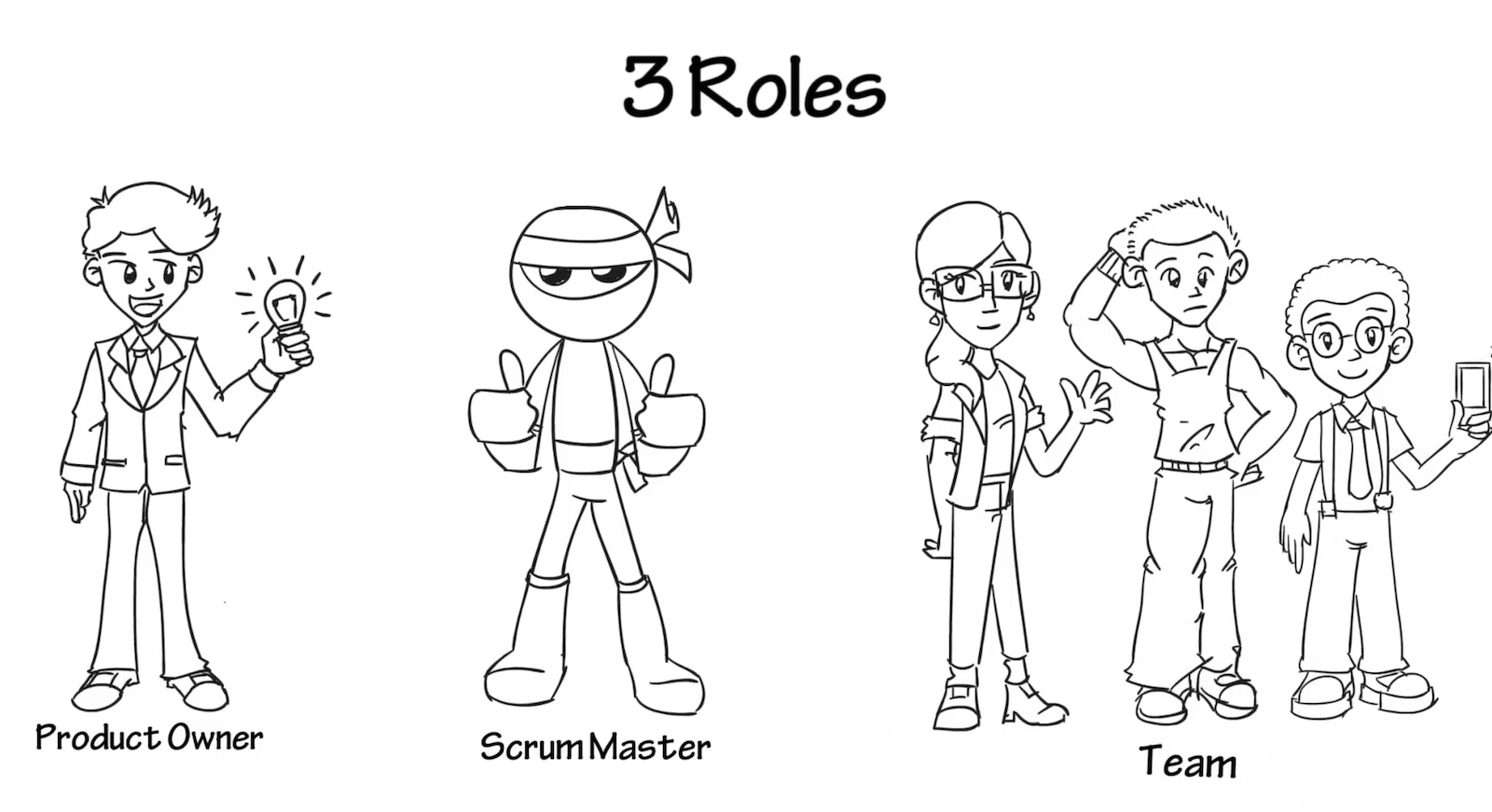
Scrum is a popular agile software development framework that focuses on flexibility, responsiveness to change, and teamwork. It’s a lightweight framework designed to help teams deliver working products quickly and with better quality than traditional frameworks.
Sprint planning can be beneficial for Scrum teams:
-
Sets clear defined goals: For a Scrum sprint to be effective, it needs a starting point and a finish line. When goals are clarified, it paves a clear path to a more successful sprint.
-
Creates a communication platform: The open nature of a sprint planning meeting should create a forum for communication regarding work and priorities.
-
Collaboration: A Scrum sprint planning meeting should help to bridge the gap between the product owner and the development team.
Scrum VS Waterfall


In Scrum, a sprint is a time-boxed event of one to four weeks in which your Scrum team focuses only on a sprint goal. The goal is typically a product increment or iteration — often an updated, improved version of your product or software.
3 Roles

Scrum Master
He or she is responsible for coordinating people, platforms, and processes to ensure the projects move ahead smoothly and every opportunity is taken to uphold and improve the Scrum workflow.
Product Owner
Works with stakeholders and end-users to determine features to be shipped with the product release. The product owner focuses on the artifacts: the product backlog, sprint backlog, and increment to ensure that the shipped product delivers its original scope.
Development Team
Developers, testers, designers, analysts, and anyone involved in delivering product increments, forming the team working through the sprint cycle.
3 Artifacts

Product backlog
A product backlog is a ranked list of user stories that describe features that are desired by the customer. It also includes bug fixes, work requirements, and other tasks.
Product backlogs include user stories at varying levels of detail, from high-level epics to low-level user stories. Inputs come from a varied mix of sources — from market research to stakeholder requests.
The product backlog is a ‘live’ artifact that’s essentially a flexible list that the product owner can prioritize at any time.
Sprint backlog
A sprint backlog is a prioritized list of tasks for a development team to complete during its next sprint. The sprint backlog includes work for the entire team, including both analysis and design. This includes implementation tasks, which are broken down into user stories.
The team updates the sprint backlog during the sprint planning stage of Scrum. Design and development teams work on smaller sprint activities. If a team does not have the resources to complete all of its tasks, they will remain in the sprint backlog for a subsequent sprint.
A sprint backlog is never complete until the story points in the sprint are achieved through development effort in the sprint. Until then, there may still be incomplete tasks remaining on the board when the sprint ends.
Product Increment
Product increments are the sum of all the backlog items completed during the sprint, plus all the increments completed in previous sprints.
Workflow

Four events occur during a Sprint workflow cycle. The four Scrum workflow events are:
- Sprint Planning
- Daily Scrum
- Sprint Review
- Sprint Retrospective
Following the delivery of an increment, both product and processes are reviewed in the sprint review and sprint retrospective steps. Learnings from these may result in changes to the product backlog and
Sprint planning
This meeting is used to map out the scope, goals, and any issues or concerns for the upcoming sprint. The team determines which items in the project backlog they will work on during the sprint.
Key elements of the sprint planning ritual include:
-
Defining the scope of the sprint
-
Establishing which tasks will be tackled and who on the team will be responsible for them
-
Setting concrete goals for the sprint, including deadlines for completion and metrics to determine success
-
Addressing potential roadblocks, issues, or scheduling conflicts that might interfere with the sprint
-
Ensuring that the plans get logged and scheduled in your project management software or tracking system to monitor progress and maintain accountability
Daily scrum meetings
The daily Scrum, also called the daily stand-up, is a short, time-boxed daily meeting in which each team member delivers a brief status update. These meetings are intentionally short and sweet, ideally taking only 15 minutes and no more than 30 at the most. The daily Scrum helps ensure that everyone is progressing with their tasks as scheduled and that issues or roadblocks are being addressed.
The daily Scrum ceremony should address on the following four questions:
What has been accomplished so far? What’s currently being worked on? What’s up next? Are there any obstacles or impediments preventing progress? The daily Scrum must not turn into an in-the-weeds discussion. Otherwise, you risk spending too much of the workday talking rather than being productive. It’s the Scrum master’s job to keep this ceremony on track. If a team member has an issue that needs further attention, schedule some time outside of the daily Scrum to address it.
Sprint Review
The sprint review is the first of two post-sprint ceremonies. Because Scrum was originally designed as a software development framework, each sprint was meant to produce a shippable increment of work, such as a new feature. During the sprint review, that new feature is demonstrated and feedback solicited from managers and stakeholders.
Sprint retrospective
The sprint retrospective is the second ceremony to take place after a sprint has been completed. It’s also the final ceremony of the Scrum process. During the retrospective ritual, the Scrum team reviews its processes to determine what can be improved in subsequent sprints. Remember, the Agile philosophy calls for consistent assessment and improvement. To that end, the sprint retrospective ritual is one of the most critical of the entire Scrum framework.
References
Summary recompiled from multiple sources:
https://www.wrike.com/scrum-guide/scrum-ceremonies/
https://www.visual-paradigm.com/scrum/what-is-sprint-in-scrum/
https://monday.com/blog/rnd/scrum-sprint/
Images taken from the Scrum Introduction video by Steve Stedman.